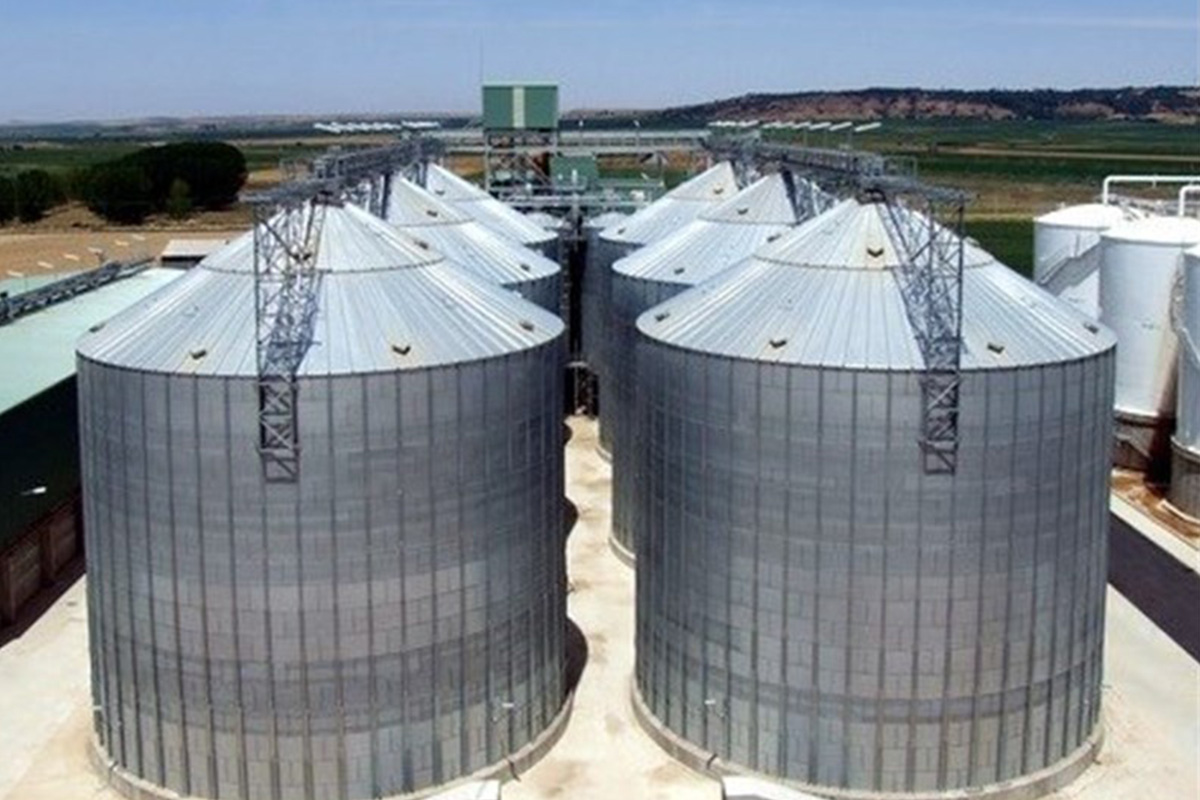
The Determination of the priorities for the development of centers of wheat conversion and storage
Fars province has the highest production in the country, with the production of more than 13% of the country’s wheat. On the one hand, production by a large number of cities in the province and its distribution among the cities of the province and outside the province has led to the creation of a wide network of product transfers, on the other hand. The high production rate in the province also requires the development of conversion, storage, and maintenance units. This study aimed to determine the priority for establishing conversion units (flour mills) and wheat storage (silo) in Fars province. Accordingly, a transportation model was designed to minimize the wheat transfer network from production centers to conversion and storage centers and also the wheat (flour) transfer network from storage centers (conversion) to consumption centers.
According to the final displacement values obtained from the implementation of the optimal model, in the transportation model, the average displacement in each of the routes leading to different cities of the province was calculated, and their priorities were determined differently. The results indicated that Shiraz and Marvdasht, Fasa, Firoozabad, Arsanjan, Estahban, Sepidan, and Jahrom cities were given higher priority to establishing conversion centers. Also, to establish wheat storage units, the priorities of the province included Abadeh, Bavanat, Pasargad, and Eghlid, respectively. In the case of the priority of sending the product to other provinces to reduce the replacement rate of the provinces, the priority was Kerman, Sistan and Baluchestan, Khuzestan, Hormozgan, Yazd, Tehran, Isfahan, and Khorasan Razavi, respectively.
